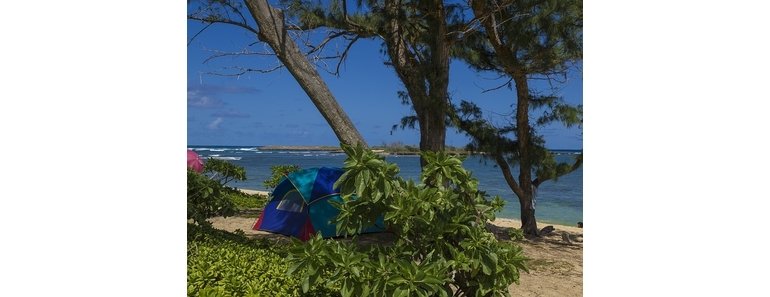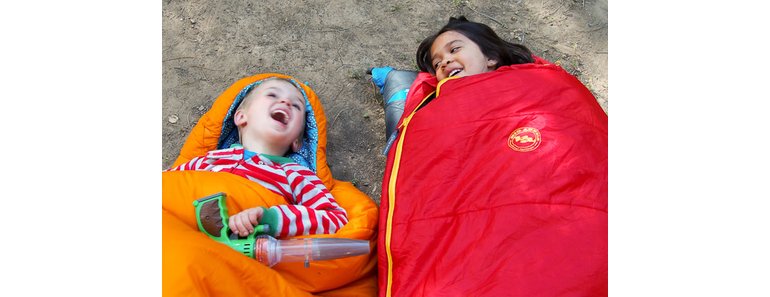Last updated on September 1st, 2016 at 12:13 pm
Choosing a camping backpack is not always an easy affair.
We’ve seen a lot of people scratch their heads and feel overwhelmed with the number of options available on the market today.
To help you narrow down your choices and score the best backpack that will meet your needs, here are our tips for choosing a backpack.
Capacity
Capacity simply refers to how much of a load your backpack can carry. Most backpacks have an attached number to their name which is indicative of the backpack’s capacity. Capacity is often measured in liters or in cubic inches.
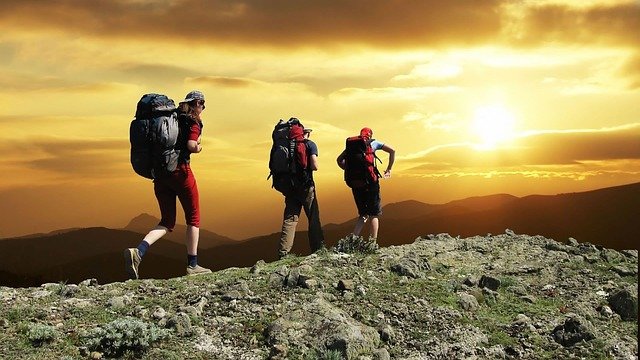
Knowing the backpack’s capacity will help you determine its suitability for the length of your trip and season of your travel.
As a rough estimate, here’s a general guide for picking a backpack based on capacity:
Day hikes – 35-55 liters (2,000-3,500 cubic inches)
Overnight to weekend trips – 50-80 liters (3,000-5000 cubic inches)
3-5 nights – 65-90 liters (4,000 – 5,000+ cubic inches)
Note that the backpack’s capacity also depends on the season. You need more capacity during winter than in summer for heavier and bulkier jackets during winter, for instance.
Packing Style
Different people have different ways of packing. If you’re the type who packs just what matters, you may be considered a “light” or an “ultralight” packer. That is, you only pack the bare necessities and forego luxurious items in order to minimize weight.
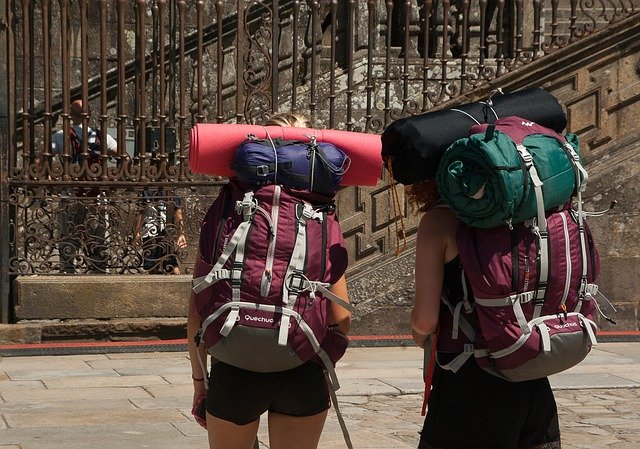
Meanwhile, there are also people who are willing to put up with some weight in favor of comfort and convenience. These factors can significantly impact your backpack capacity requirements.
Frame Type and Suspension Systems
Modern backpacks come with either an external or internal frame and each has its own advantages. Internal frames have built-in aluminum stays or frame sheets embedded into the structure of the backpack, giving it rigidity and stability. As a result, internal frame backpacks follow and embrace the contours of your back and evenly distribute the weight of your backpack towards your hips.
On the other hand, external frame backpacks have frames that are visibly located outside of the backpack. It provides better airflow between your load and your back and is a good option for heavier, unevenly distributed loads.
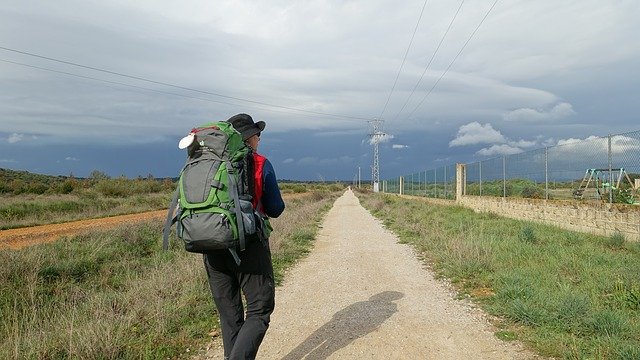
Backpacks also come with numerous suspension systems that facilitate security, stability and comfort when using the backpack while you’re in motion such as when hiking, climbing and skiing for instance. Typically, backpacks include these suspension systems:
Shoulder straps – Ensure that most of the weight is centered towards the hips. Shoulder straps should not restrict movement or feel painful at your armpits, shoulders or back.
Sternum straps – Connects the shoulder straps and keep them in place
Load lifter straps – Connects the upper portion of the backpack to the shoulder straps These straps allow you to adjust the distance of the load from your back until it feels snug and comfortable for you to carry.
Hip belts – Keeps the pack to your body and provides stability and balance. Most hip belts are also equipped with small pockets for easy access.
Construction and Durability
If you’re an avid adventurer, your backpack cannot easily handle wear and tear if it’s poorly made. To ensure the longevity and durability of your backpack, it should be made of good quality materials and constructed with the highest standards. The zippers and straps are highly prone to wearing out so make sure you double-check the stitching and that the zippers run to and from both ends repeatedly without any problem.
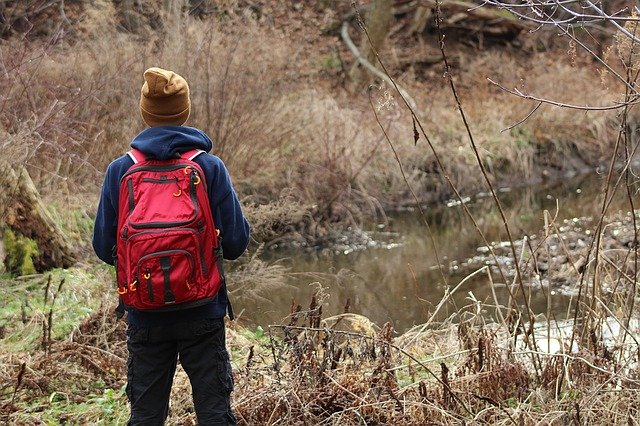
It’s also a good idea to check out the denier ratings (D) of the fabric as it’s a good indication of material quality. Materials with higher D ratings also tend to be denser, therefore more durable.
Key Features
Backpacks aren’t created equal and looking at their key features can help you reach a sound decision. Look at how versatile the backpack can be and how it can meet your trip requirements.
Some backpacks are compressible so they can easily fit your luggage, while others have detachable daypacks that you can use while roaming the city. Some manufacturers have also come up with really cool features to make their backpacks more functional and versatile for the user’s changing requirements.
How to care for your backpack:
Your backpack doesn’t have to be expensive to last long. With proper care, you can extend your backpack’s lifespan.

Below are tips on how to properly care for your backpack:
- Follow the label care instructions if your backpack comes with one. Washing instructions are usually found on the attached label.
- Before washing your backpack, empty all the pockets and compartments.
- Don’t machine wash your backpack. The washing machine and the dryer can damage the outer coating of your backpack. Most backpacks are made of fabrics that are not compatible with machine washing and drying.
- Don’t use harsh chemicals like bleach on your backpack. Bleach causes colored fabrics to get dull. Only use gentle detergents as much as possible. Avoid fabric conditioners, too.
- Lightly brush mud and dirt off your backpack with a fine nylon brush.
- Avoid soaking your backpack for a long period of time. Submerging it in water for a few minutes is enough to clean it.
- Don’t dry under direct sunlight. Just like bleach, the heat can dull the colors of your backpack. Allow it to dry at room temperature.
- Store your clean backpack in a dry place.
How to Organize your Backpack
To maximize the use of your backpack, you should know how to pack or organize it properly. Ease and comfort while traveling on long hikes can be attributed to a well-organized backpack. Here are a few tips on how to do it:
- Before you start packing, gather all your stuff and arrange it on the floor in front of you. This will give you a quick idea of how much you are going to carry on your trip. Remember to only choose the most important things to take with you. First aid kits, items used for emergencies like flashlights and ropes, cooking utensils, food and water are the main items to pack for a hike.
- The general idea is to pack your heavier stuff close to the center of gravity, or the middle of your back. Heavy items must not be placed on either the top or bottom part of your bag. This is to evenly distribute the weight of your bag to maintain balance while on a long trek.
- Pack light items like clothes and sleeping bags at the bottom part of your bag. Make sure the weight is evenly distributed between the left and right sides of your backpack.
- Items you use frequently must be strategically packed in places you can easily reach like the outside pockets or at the top part of your backpack.
- Hard and pointed gear and tools must be covered with clothing or blankets.
- Make sure you fill empty spaces of your backpack. Fill pots with small items and clothing to avoid loose spaces inside your backpack. Use compression straps attached to the sides of your bag and tighten them to avoid load shifting.
How to Waterproof your Backpack
Waterproofing your backpack is a must when you are traveling, especially during the rainy season. To guarantee comfortable and stress-free travel, your things must be kept dry despite unpredictable weather and travel conditions. Just like the many choices in buying a backpack, there are lots of ways to keep it dry.

Ziploc bags – These sealed plastic bags are your best buddies when you want to keep things inside your pack dry and sealed. They are ideal for food items, toiletries, and other small stuff.
Rain covers – These can either come with the backpack on your purchase or you can buy them separately. Rain covers can’t totally waterproof your backpack. They are also not ideal if your pack will be submerged in water or under the rain for long periods of time.
Pack liners – These are waterproof bags you put inside your bag before packing all your stuff into it. While your belongings are waterproof inside, your pack is not. A rain cover will take care of it. Are you finding it hard locating a pack liner or hesitant to spend money? No worries! Bin liners can do the trick. If you have thin bin liners at home, use two bin liners to make a double-layer pack liner. Don’t forget to check for holes.
Waterproof containers – These containers keep your things dry when your pack is submerged in water or even when you go canoeing. They are ideal for storing electronics and equipment. The only drawback is they can be bulky and a bit expensive too.
Choosing the best waterproofing tools for your pack depends largely on the conditions during your trip and the type of adventure you plan to have. For treks, Ziploc bags and a rain covers can keep your belongings and pack dry. If you anticipate lots of water on your trip, use sealed plastic bags or liners and a waterproof container.
Conclusion:
Despite the many choices in the market, choosing the best backpack all boils down to the requirements you set like capacity, durability and of course, the price. Don’t buy a certain type of bag because your friend likes it or your coworker finds it very comfortable to use. Choose a backpack that is comfortable for you to use. Read reviews, visit shops and take time to compare items. After all, it is you who will be using the backpack, not your friend, or your coworker.
